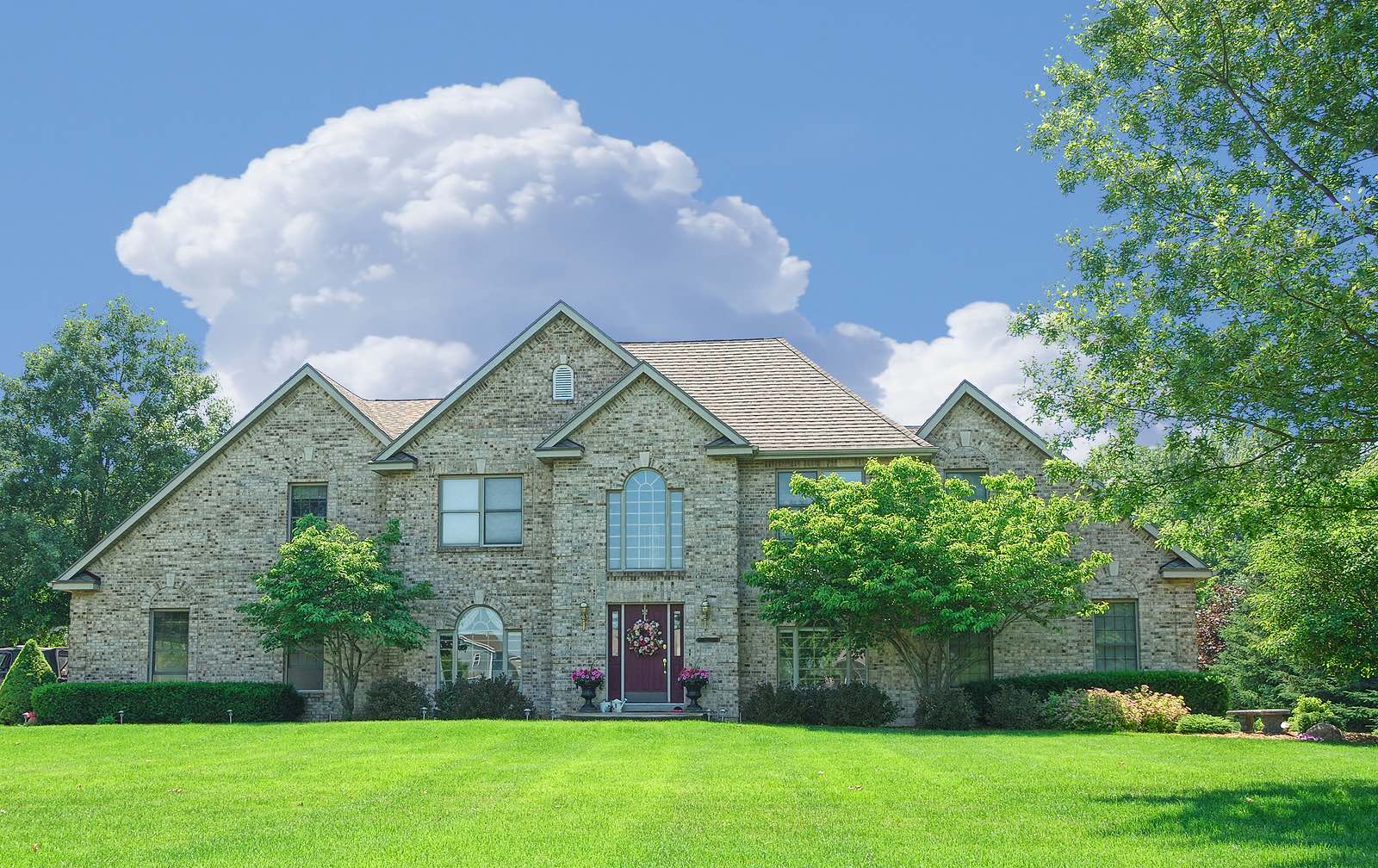
Once upon a time, in a sleepy little town in Minnesota, a man with big ideas and lots of vacant land decided to build a subdivision. The problem he faced was that his parcel was zoned for commercial development. City leaders, however, were more than accommodating when he asked for a zoning change on enough of the land to build 170 houses. The rest of the parcel retained the commercial zoning designation.
The subdivision was developed, homes were built and families moved in. It became one of the more in-demand neighborhoods because of the majestic and natural beauty of the heavily wooded acreage that fronted it.
Almost 30 years later, the original landowner’s son, who inherited the vacant parcel when his father died, decided to sell it and a major big-box retailer decided to purchase it. The plan is for a 24-hour, 180,000 square-foot superstore, directly across the street from the sleepy little neighborhood.
Environmental impact studies show that traffic in the area will go from 2,000 vehicles per day to a whopping 14,000. The back of the superstore will face the neighborhood. The back of the store is where huge diesel trucks make their deliveries in the middle of the night – big trucks that beep when they back up and idle while they unload.
Homeowners are upset, to say the least. Although hundreds attended each city council meeting in which the subject of the new commercial development was discussed, voicing their concerns over the noise, the traffic and the decimation of their home’s value, the city council finally granted the store’s developers their conditional use permit.
The Moral of the Story
Homes surrounded by open space are attractive to many home buyers. For these people, you just can’t put a price on the seclusion and serenity such a location offers. Vacant land near a residential area, however, should raise a red flag. After all, if it’s vacant, it’s buildable.
The only way to find out for certain if anything is planned for the vacant land is to consult with the local city government.
Zoning
A northern California real estate agent represented Jack, who owned a 5-acre ranchette that he wanted to sell. Situated on a prime piece of Wine Country real estate Jack purchased the property several years ago and paid a hefty price.
Because he didn’t bother checking the zoning in the area, Jack lost about half of the value of his home when the property fronting his was purchased by someone who then used the land to slaughter and butcher pigs.
Zoning rules also affect how you can use your own property. If you plan on operating a business out of your home, remodel the house or add structures, park a boat or RV in your driveway, or even cut down trees you will need to check your area’s zoning rules.
Check the zoning of nearby vacant land or the property you want to purchase by going to your county’s courthouse or planning department. Don’t forget to ask for the long-term plan for the area as well.
Taxes
It’s hard to think of doing a background check when you’re in love with a house, but it’s critical to do so. One of the checks that most homebuyers fail to run is the property’s tax history. Real estate taxes go up – that’s a given. But knowing how quickly and how high the taxes on the home of your dreams have moved in the past is important information.
This is especially pertinent if you’re purchasing in a new development where there is a greater need for services. Excessively high property taxes make a huge impact on your monthly payment.
Known as “tax traps” by Bankrate.com’s Marcie Geffner, they include unexpected reassessments and rate hikes, among other unanticipated surprises. She suggests that you check with the local tax assessor to determine the following:
- How the assessor calculates taxes
- If the home will be reassessed when you purchase it
- The date of the next reassessment
- Which exemptions, if any, apply
There is much to consider when purchasing a home. Don’t allow your emotions to get the best of you, do your research and that home may just turn out to be one of the best investments you’ll make.
